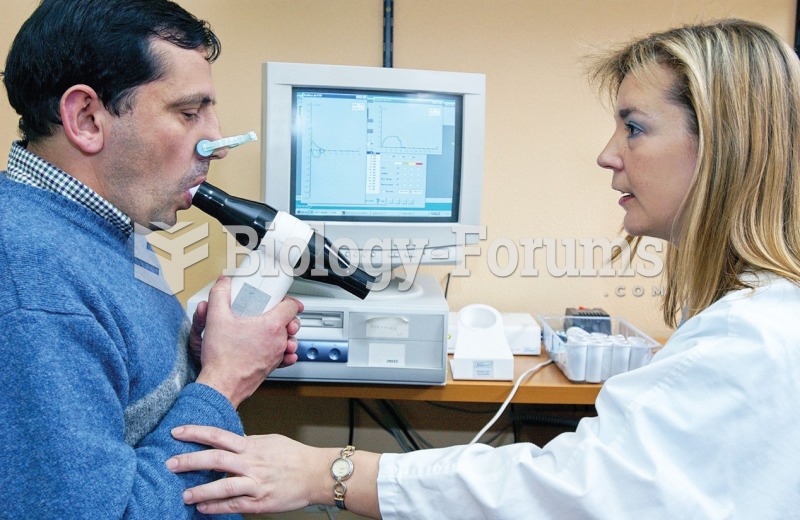This topic contains a solution. Click here to go to the answer
|
|
|
Did you know?
A headache when you wake up in the morning is indicative of sinusitis. Other symptoms of sinusitis can include fever, weakness, tiredness, a cough that may be more severe at night, and a runny nose or nasal congestion.
Did you know?
The Romans did not use numerals to indicate fractions but instead used words to indicate parts of a whole.
Did you know?
Pubic lice (crabs) are usually spread through sexual contact. You cannot catch them by using a public toilet.
Did you know?
Human kidneys will clean about 1 million gallons of blood in an average lifetime.
Did you know?
It is important to read food labels and choose foods with low cholesterol and saturated trans fat. You should limit saturated fat to no higher than 6% of daily calories.
 An oral contraceptive showing the daily doses and the different formulation taken in the last 7 days
An oral contraceptive showing the daily doses and the different formulation taken in the last 7 days
 Computerized spirometry is used in medical office settings as well as in hospitals and other medical ...
Computerized spirometry is used in medical office settings as well as in hospitals and other medical ...





